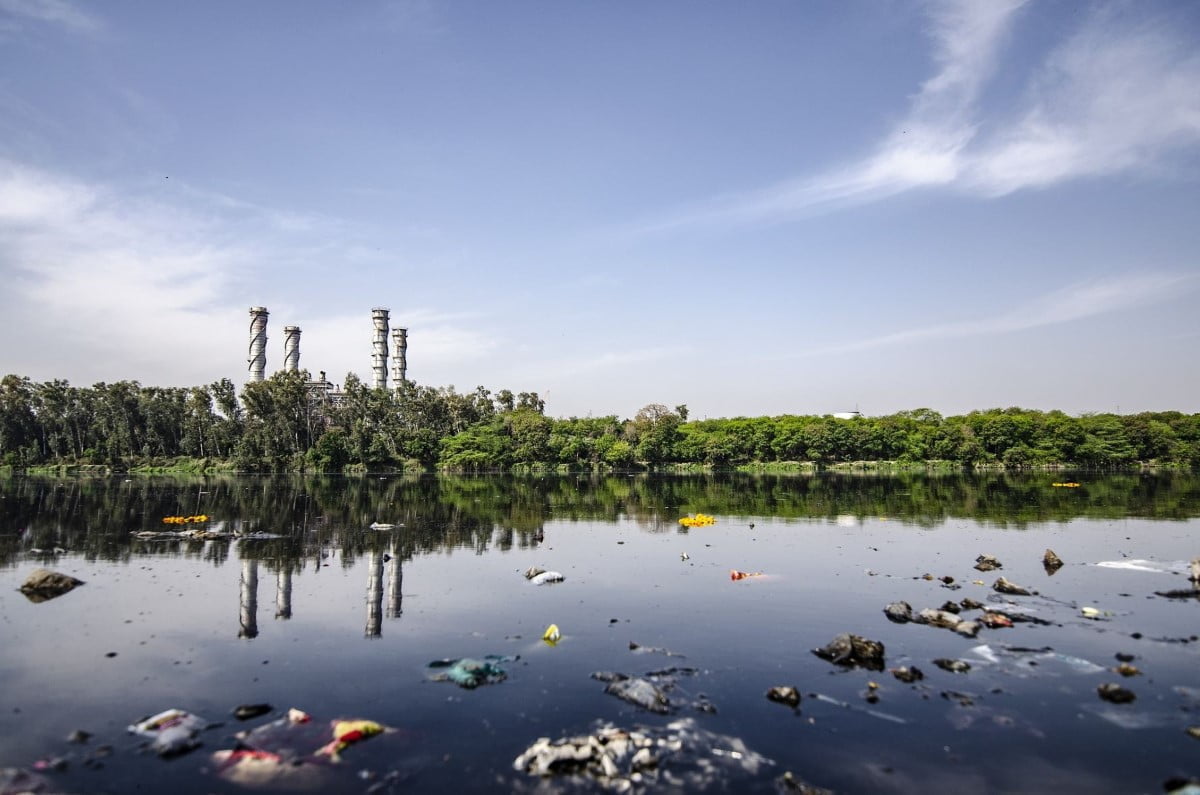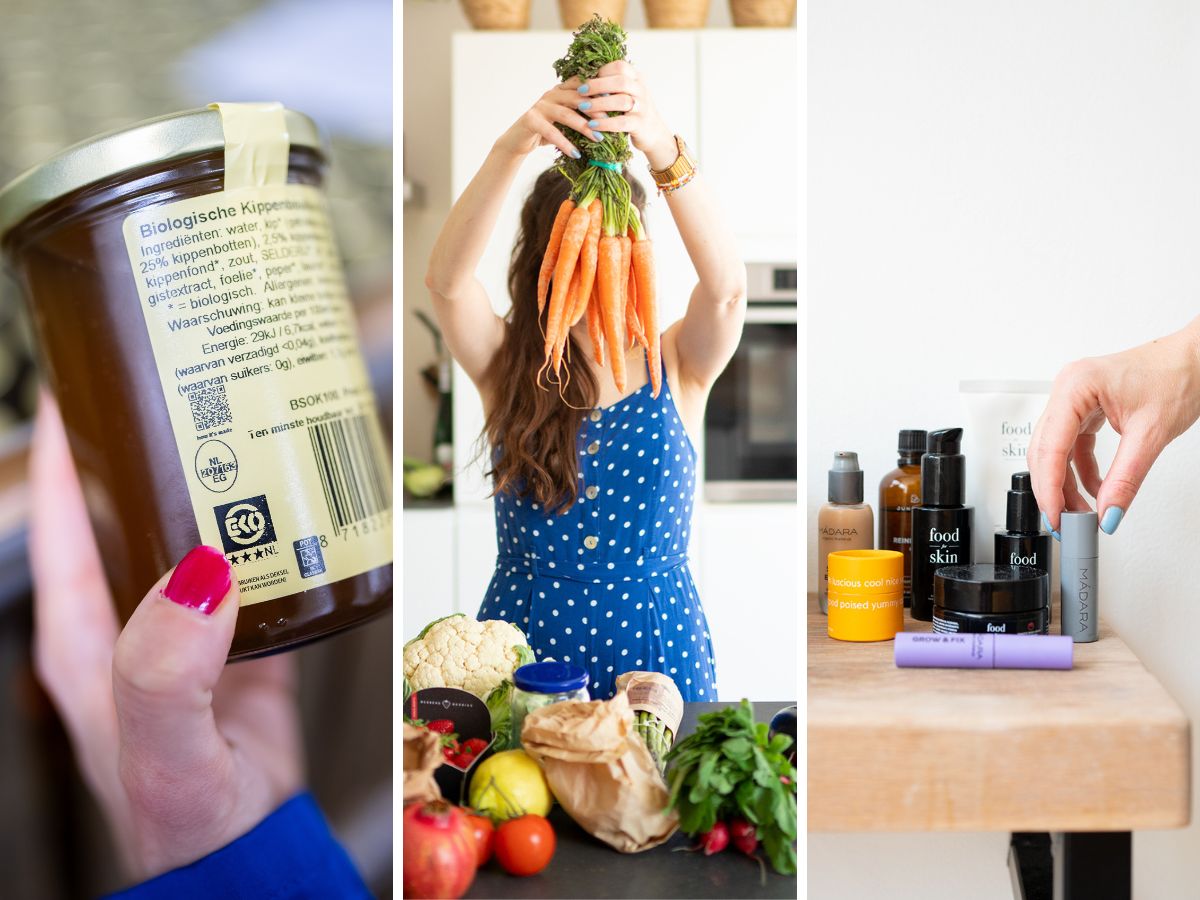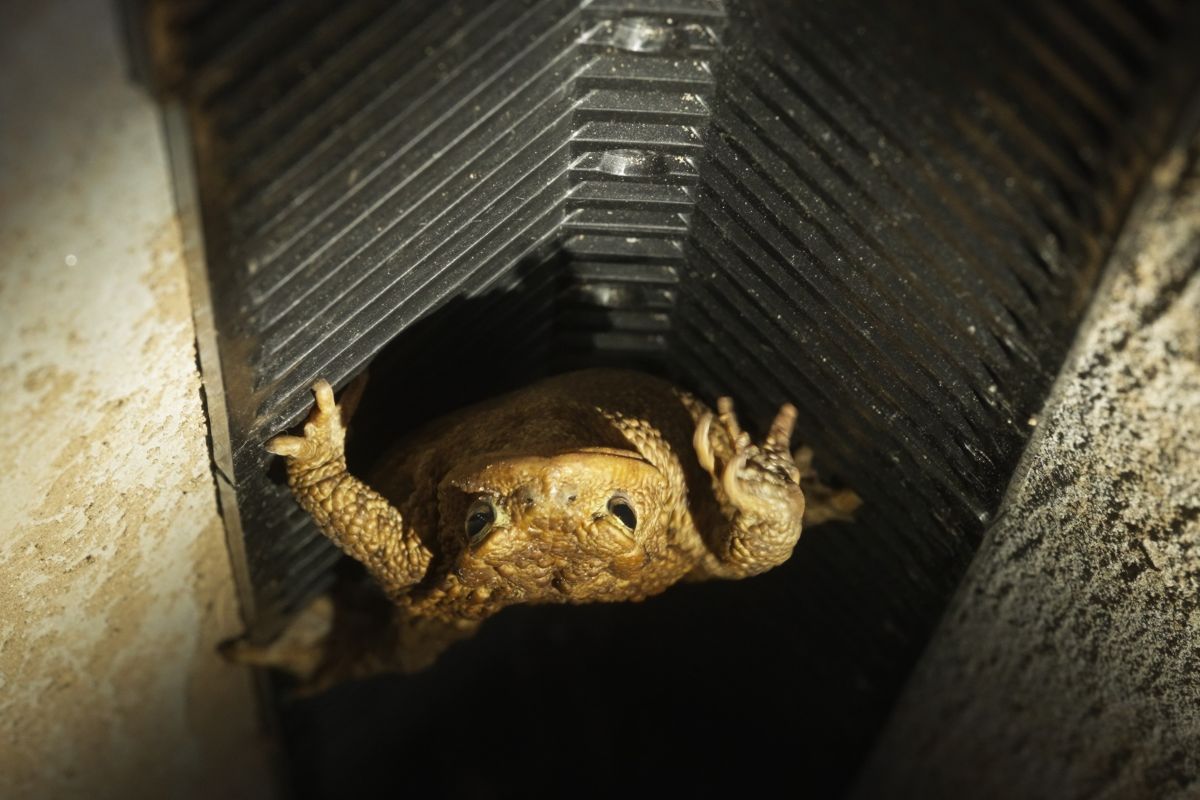Increasingly, we hear the term PFAS. We hear about contaminated drinking water, chemical spills and even PFAS in products we use every day. That these ‘forever chemicals’ are bad news, is slowly getting through to everyone. But what is it really? What does it contain? And is it possible to live PFAS-free? This is what we want to know, which is why we dive into the chemical world.
What are PFAS?
We hear and read a lot about PFAS. But what is it really? The term PFAS does not stand for a single substance. The abbreviation stands for poly- and perfluoroalkyl substances. It is a collective name for more than six thousand man-made chemicals. They are very useful substances because they are water, grease and dirt repellent. But for several years now, we have also known that a number of PFAS have harmful properties. These include PFOA, PFOS and GenX substances. These substances do not break down in the environment, hence the nickname ‘forever chemicals’. In addition, PFAS spread easily and are harmful to humans and the environment. They can also accumulate in the bodies of humans, animals and in plants. PFAS can cause problems with the immune system, reproduction and are possibly carcinogenic. Because PFAS can accumulate in the human body, it is quite undesirable to be exposed to the substances too often. And then there is a lot that is not known and uncertain. So plenty of reasons to find out carefully what it's all about, and how to avoid it.
What are PFAS in?
So PFAS are very useful because they repel water, grease and dirt. That is why they were and are used in a lot of products. You can think of pans, rainwear, carpets, but also food packaging, baking sheet, clothing and even cosmetics. Some products are pretty well known to contain PFAS, such as in Teflon-coated pans, water-repellent clothing or in firefighting foam. So once you know that, you can look for an alternative. PFAS Central holds a list at with PFAS-free products and manufacturers. When buying or using those products, you as a consumer can make as PFAS-free a choice as you like. But it is often very difficult as a consumer to know whether it is in a product or packaging at all, because there are so many applications. Moreover, it is not mandatory to list these substances on a label. Bad news, then, if I wanted to try to live PFAS-free.


Fortunately, some products already have nice PFAS-free alternatives, such as a silicone baking mat from Lurch and eco-friendly rainwear.
The biggest danger of PFAS is in production
Unfortunately, we do not come into contact with PFAS only through products. The biggest problem is industry, because it is mainly the production of PFAS that is so damaging to our health and the environment. Because in the production of the chemicals and products it is in, many PFAS enter the environment through the air and water. In part, companies are even allowed to use it with licence discharge to ambient waters, such as in the Merwede and Western Scheldt. Until a European ban is coming, which fortunately is being worked on, the substances will thus get into our drinking water and food. And so, unfortunately, we get it unnoticed. Banning PFAS therefore ultimately makes the most impact. It is to be hoped that a legal ban will come soon.
As a consumer, what is the best thing to do?
So PFAS-free living is virtually impossible in the Netherlands. These chemicals are in surface water and in our environment, and therefore unfortunately also in tap water and food. The amounts we ingest are, according to the RIVM even too high. So this is mainly due to production and discharge into the environment. But also through the use of consumer products. It is therefore important to make sure you use existing products that contain it properly. Don't heat your existing non-stick pan without anything in it and don't let it get too hot. Handle rainwear neatly to prevent wear and tear. Be economical and careful when using products as lubricants, ski wax and impregnating agent. And check for PFAS in your cosmetics.
Ask the manufacturer
As a consumer yourself, you can contribute to reducing PFAS use. Buy as few products containing these substances as possible. If you want to know whether PFAS are present in products you use or own, you can ask the supplier (e.g. with this sample letter). A supplier must inform you within 45 days. Consumer enquiries also increase the likelihood that these producers will make their products without PFAS. That's where you can make an impact as a consumer.
PFAS-free is impossible
Before researching PFAS, I thought I could still avoid it by buying new PFAS-free pans and not buying impregnated stuff. But unfortunately, the reality turns out to be much more complicated and dirty. It is virtually impossible to live PFAS-free in the Netherlands. As a consumer, you can buy as few products containing PFAS as possible. And you can ask questions of producers to show that there is a lot of support for PFAS-free products. And then the wait is on for a legal ban on these perennial chemicals, so that it disappears from our environment in the coming years.
More sustainable tips from thegreenlist.nl
- Also see: On microplastics diet.
- Also see: whut? Toxic fast fashion clothing?
- Also see: toxic stuff in the house without you realising it?
Sources: RIVM - Risks to health and environment, Volkskrant - Scientists: ban non-stick and water-repellent mackintosh. Photo credits: Yogendra Singh (Pixabay) (main image), Mascha Bongenaar.












